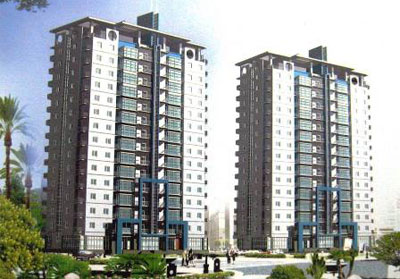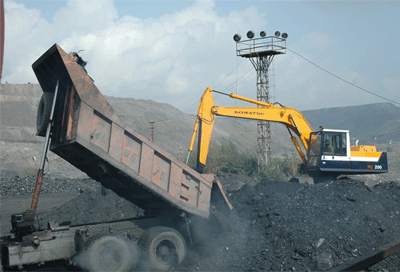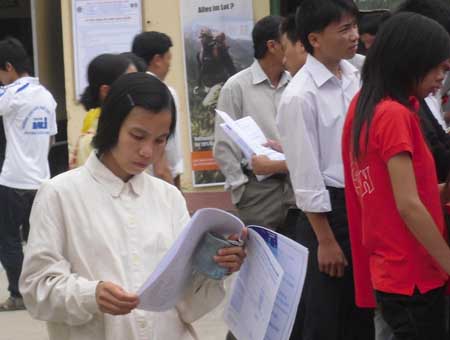
Doan Van Truong, sales manager of TransViet Travel, said his company had become the only entity in Vietnam to join the worldwide travel management company, and that this would enable the local firm to handle more inbound guests and those corporate customers of the network in Vietnam.
TransViet Travel now is able to use the GlobalStar brand to attract clients and win more guests via introductions and proposals by the global company, which can create solutions to fit individual needs and delivers quality services in a multinational environment, Truong told the Daily on the phone on Monday.
Truong said the name of TransViet had been widely recognized at home and overseas through United Airlines and other some 10 foreign airlines that have chosen the local business as their general sales agent in Vietnam.
TransViet Travel has emerged as a leader in business travel in Vietnam after over 15 years of existence on the domestic market.
TransViet Travel said in a statement that joining GlobalStar Travel Management would bring the company more opportunities to expand its corporate client base and strengthen the position of a Vietnamese company in the global front.
Mark van Iersel, director of marketing and partner recruitment at GlobalStar, said in the statement that the company had seen an increase in demand for a local travel management corporation in Vietnam. “We feel that with the addition of TransViet Travel we can now meet our client demands by adding the best national choice in Vietnam.”
* The Taiwan Tourism Bureau will organize a two-day festival in HCMC from on Tuesday to highlight tourist attractions among Vietnamese travelers who are looking for new destinations for their leisure and business trips.
Suzy Yeo, who is a representative of the bureau, told reporters in HCMC on Monday that Taiwanese and Vietnamese travel companies would participate in the event entitled “Charming Taiwan” at the Now Zone shopping center in the city.
The participating companies will introduce their tours featuring cityscape, white-sand beaches, resorts and spas, a wide selection of foods, and shopping malls in Taiwan. Visitors can watch video clips about Taiwan as well as enjoy its foods, tea, games and traditional dances.
Yeo said the bureau expected at least 1,000 Vietnamese people would come to the event on the two days to explore what Taiwan could offer to local travelers.
Tank Lin from the bureau told the Daily after the press conference that this agency promoted Taiwan’s tourist attractions in Vietnam as the number of Vietnamese leisure and business travelers was increasing.
Lin put the number of Vietnamese visitors to Taiwan at 20,000 a year. He said Taiwan was small but presented charming offers, from scenery to foods and culture.
Ben Young, chairman of the travel firm Simba, said week-long package tours to Taiwan cost around US$750. But, Yeo said the price would change depending on hotel accommodations and services included in the tours.
The bureau put on the two-day festival in order to gauge the market demand and map out plans to promote Taiwanese attractions in Vietnam.
















